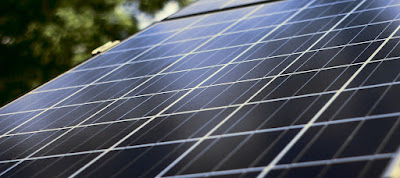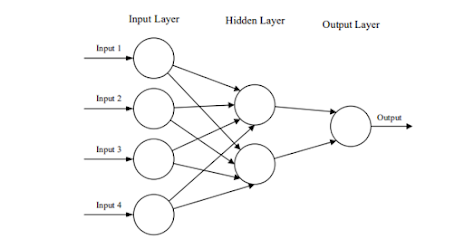Solar cells have recently undergone improvement in order to increase their efficiency and lower their cost, but the primary problem is to do so while utilizing an environmentally benign material! Copper Indium Gallium Selenide (CIGS) solar cells have been developed by researchers. This cell absorbs sunlight and converts it to energy using CIGS as a semiconductor material. Although CIGS is a leading candidate material for solar cell applications which is in the early stages of commercialization, our researchers have developed a new material for solar cells called CuInTe2 (CIT). CuInTe2 possesses all the qualities that make it an excellent absorber in solar cells and a competitor to CIGS.
What has been actually done?
CIT thin films were electrodeposited from CuSO4, In2(SO4)3, and TeO2, respectively. Citric acid was used as a complexing agent to make an aqueous solution of CITn double-distilled water. Using concentrated H2SO4, the pH of the solution was kept at around 2. A magnetic stirrer was used to agitate the mixture at a constant rate of 150 rpm.
The FTO (fluorine-doped tin oxide) coated glass substrate was used on which CIT films were deposited. A traditional three-electrode system was employed for this, with FTO as the working electrode, graphite sheet as the counter, and Ag/AgCl as the reference electrode. CV experiments were carried out using a variety of bath temperatures and stirring rates in order to find the best deposition potential for Cu, In, and Te co-deposition. At -0.75V, the best deposition potential was found. At 400oC, the material was annealed (heated to a high temperature in order to obtain highly crystalline films. Before heat treatment the films were amorphous in nature).
After this really long process, our solar cell absorber layer was developed, or instead, a new door for developments in the solar cell was opened! Morphological, structural, and compositional properties were examined by means of scanning electron microscopy (SEM), X-ray diffraction (XRD), and energy dispersive x-ray analysis (EDAX). The optical energy band gaps were determined by UV-VIS spectroscopy.
After reading this experiment there might be some questions racking your brain so let’s try to find out them….
Why CIT?
CIT possesses special characteristics like a direct bandgap, significant absorption coefficient, can be produced either p-type or n-type conductivity, and the high vapor pressure of Tellurium as compared to selenium. CIT have aroused tremendous interest for its possible device applications in the areas of photovoltaic cells, photo detectors and light emitting diodes etc.
What is CV?
Cyclic Voltammetry (CV) is a type of electrochemical measurement in which the working electrode potential is ramped with time. The current at the working electrode is plotted against voltage (voltage of working electrode) to give a cyclic voltammogram trace.
In this experiment, CV is used to study the optimized potential for co-deposition of Cu, In, and Te. At the initial stage, the current is independent of bias applied to the circuit which shows that the deposition of elements is zero. A small rise in current initially shows the deposition of Te then In and finally Cu [1].
The CIT absorber layer can be used to form a superstrate structure by depositing CIT on FTO/CDs. The superstrate so formed reported a power-conversion efficiency of 4.13% with a power intensity of 100mW/cm2, short-circuit current density 20mA/cm2, the open-circuit voltage of 480mV and fill factor of 43% [2].
What is the role of CdS in superstrate?
The heterojunction of CIT and CdS forms the p-type and n-type regions respectively. CdS have a high band energy gap of about 2.42 volt.
Conclusion of Experiment
· The CIT films with preferred (112), (220)/(204), (312)/(316) orientation were synthesized
· The electrodeposition potential for CIT was found to be in the range -0.7 V to -0.85V.
· Film stoichiometry of CIT film depends on solution composition and deposition potential, while its crystalline phase and band gap is temperature-dependent.
· Though the power efficiency of CIGS is 20.3%, further research and advancements in CIT technology can help it make better.
This research has opened a door for many developments in solar-cell technology that are yet to be made.
Credits
Vanshita Jain (SY Computer)
112003052
Om Bhandari (TY Metallurgy)
142011001
References
Note: This blog is meant for educational purposes only. We do not own any Copyrights related to images and information, all the rights go to their respective owners. The sole purpose of this blog is to Educate, Inspire, Empower, and create awareness in the viewers. The usage is non-commercial (Not for Profit) and we do not make any money from it.
FOLLOW US ON:-
INSTAGRAM :
https://bit.ly/coep_blogs_insta
LINKEDIN:
https://bit.ly/coep_blogs_linkedIn
YOUTUBE:
https://bit.ly/Coep_blogs_YouTube





